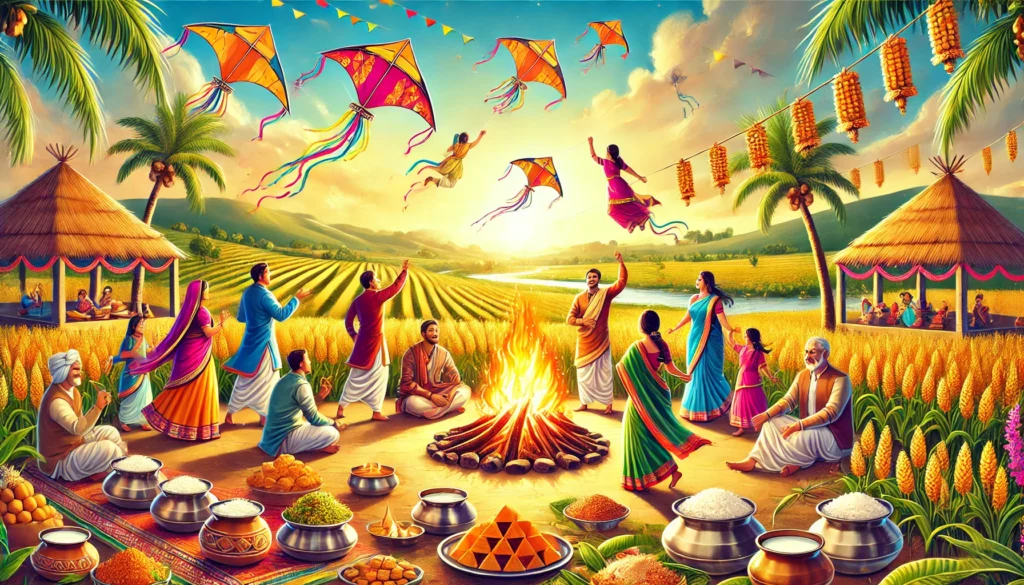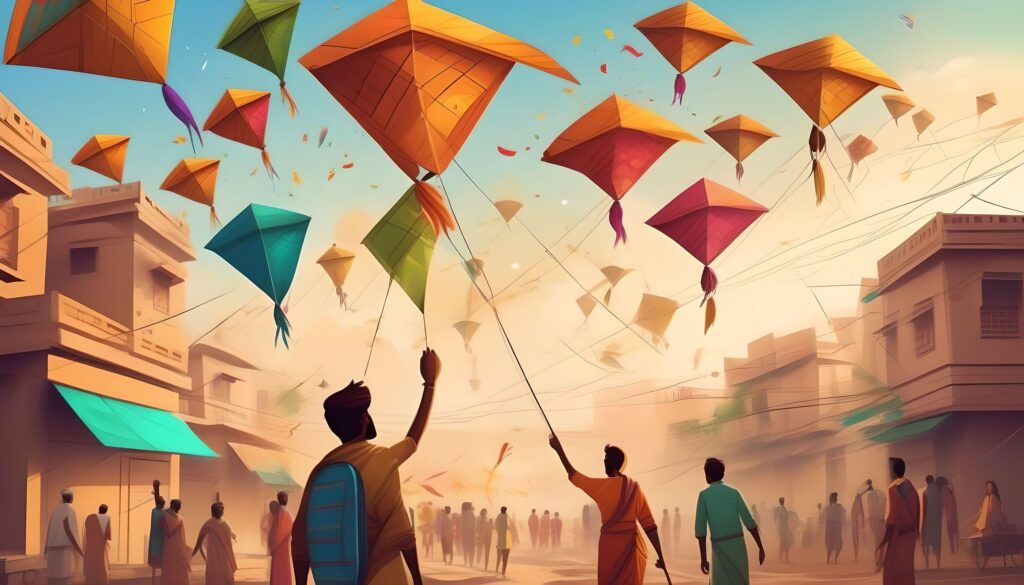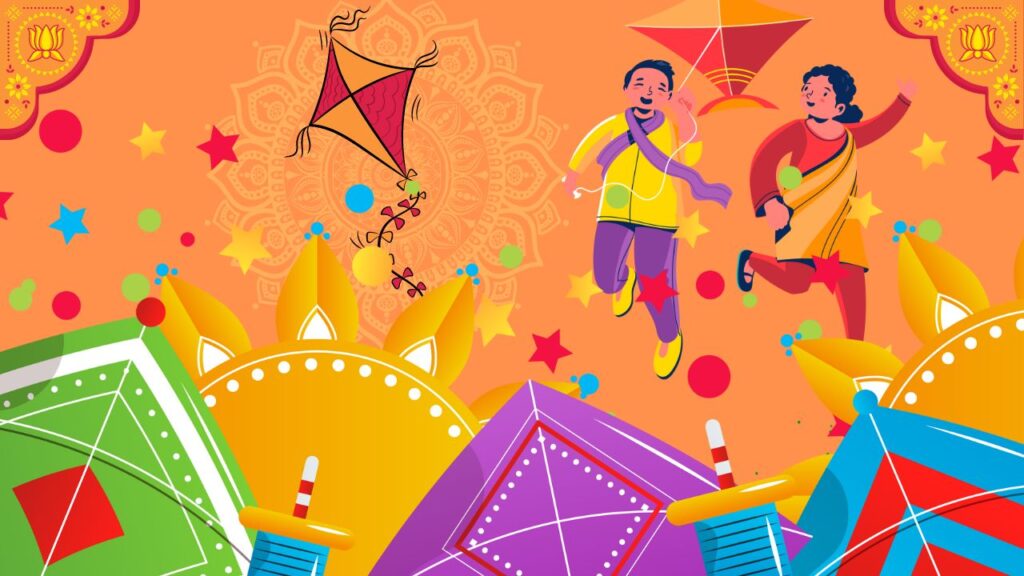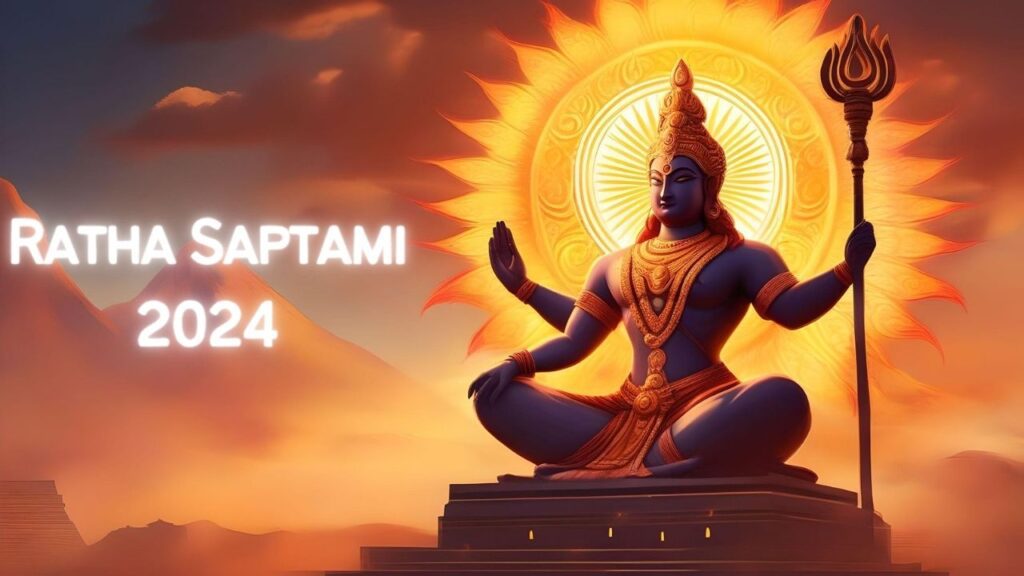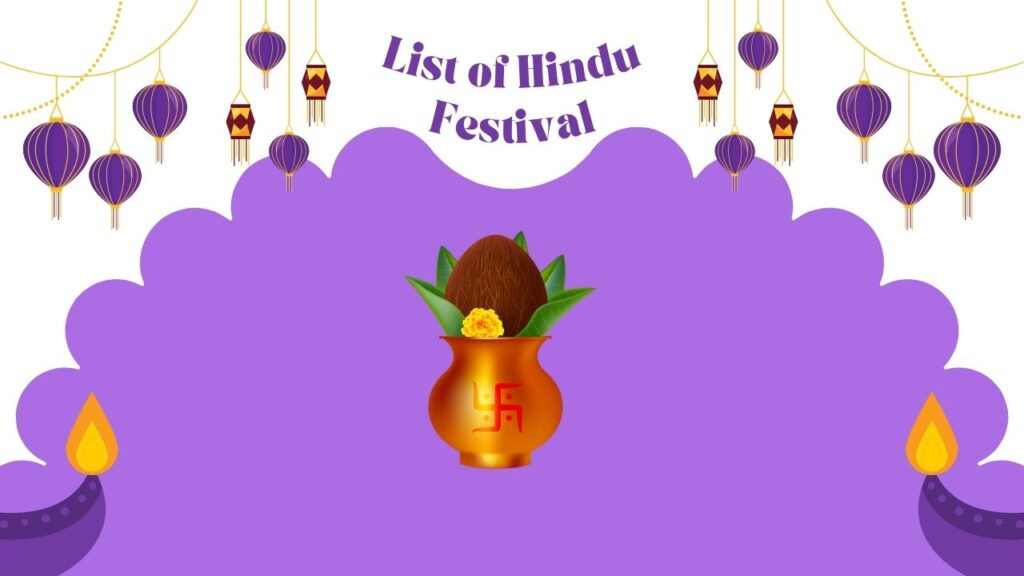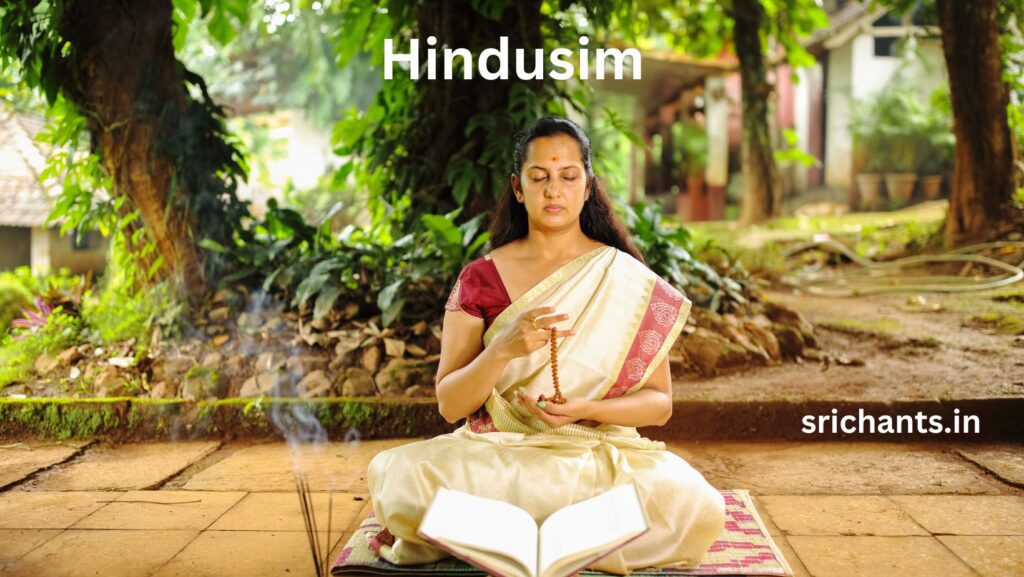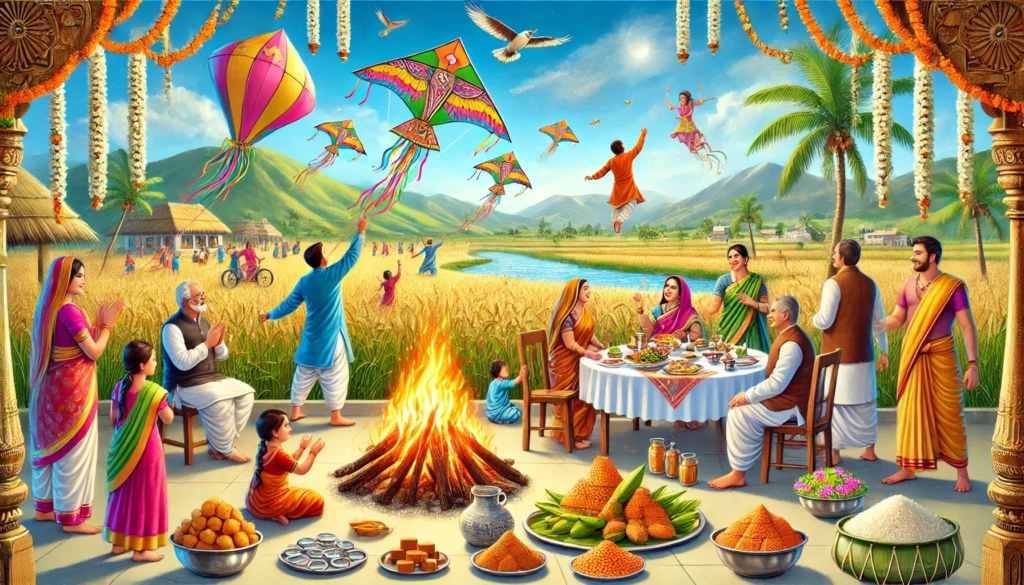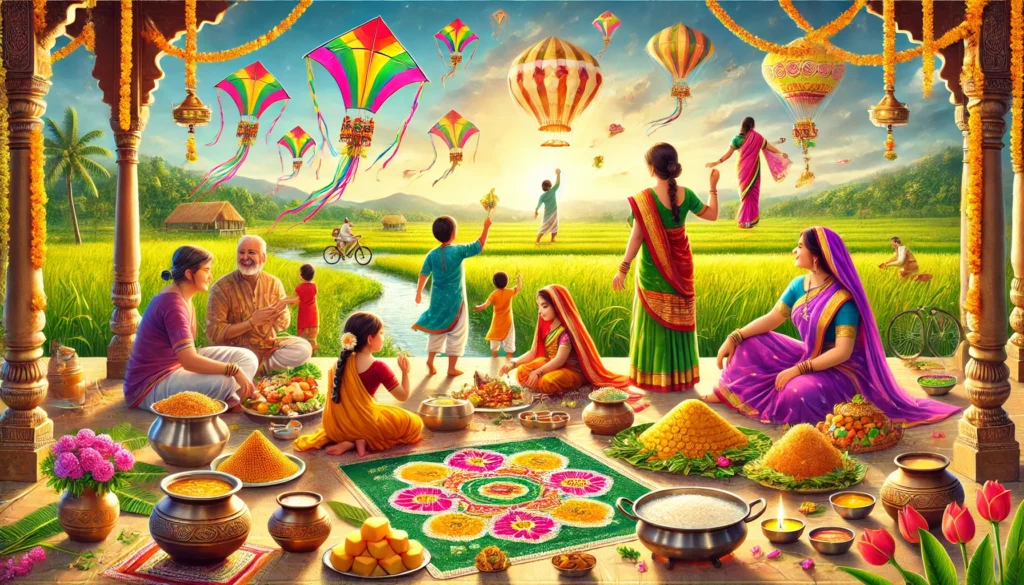Festival Makar Sankranti in 2025 | India’s Harvesting Festival
Introduction
The festival of Makar Sankranti is widely considered to be among the most cherished in India. This event signifies the moment when the Sun enters the zodiac sign of Capricorn, also known as Makara, in its journey through the heavens. This celebration takes place on the fourteenth of January each and every year. It marks the time when winter comes to an end and the beginning of days that are longer. In addition, it is referred to by a variety of names in different regions of India, such as Pongal in Tamil Nadu, Lohri in Punjab, and Uttarayan in Gujarat.
The Significance of Makar Sankranti
While Makar Sankranti is a change in the zodiac sign, it is more than that. In addition to being a celebration celebrating the harvest, it is also a time to show gratitude to the Sun God for a successful crop. When the Sun enters the sign of Capricorn, it marks the beginning of its trip toward the north, which is regarded to be of great good fortune. The era in question is referred to as Uttarayana, and it is thought that it is during this time that the gods emerge from their slumber and bestow their benefits onto the planet.
Cultural Celebrations Across India
Makar Sankranti is celebrated with great enthusiasm and various customs in different regions:
- In North India: In Punjab, people celebrate Lohri a day before Makar Sankranti. They light bonfires, dance, and sing traditional songs. In Haryana and Himachal Pradesh, people celebrate with kites and special sweets like gajak and rewri.
- In South India: Tamil Nadu celebrates this festival as Pongal. It is a four-day festival starting with Bhogi and followed by Thai Pongal, Mattu Pongal, and Kaanum Pongal. People make delicious dishes from freshly harvested rice and offer them to the Sun God.
- In Western India: Gujarat celebrates Uttarayan by flying colorful kites. The sky is filled with kites, and people enjoy traditional foods like undhiyu and chikki. In Maharashtra, people exchange tilgul (sesame and jaggery sweets) with the phrase, “Tilgul ghya, goad goad bola,” which means “Take this sweet, and speak sweet words.”
- In Eastern India: In West Bengal, people celebrate Poush Sankranti by making sweets called pithas and offering them to the deities. The Ganga Sagar Mela is also held during this time, where people take a holy dip in the Ganges.

Traditional Foods and Sweets
Food is an integral part of Makar Sankranti celebrations. Each region has its unique dishes:
- Tilgul: Made from sesame seeds and jaggery, these sweets are exchanged as a symbol of goodwill.
- Pongal: A sweet dish made with rice, milk, and jaggery, traditionally prepared in Tamil Nadu.
- Pithas: Traditional Bengali sweets made from rice flour, coconut, and jaggery.
- Undhiyu: A mixed vegetable dish cooked with spices and enjoyed in Gujarat.
- Gajak: A sweet made from sesame seeds and jaggery, popular in North India.
Kite Flying – The Joyful Sport
During Makar Sankranti, flying kites is a thrilling tradition. Colorful kites of all sizes and shapes decorate the sky. A sight to behold, as people of all ages join in on this delightful pastime. As much as it is a sport, kite flying is a universal emblem of happiness and liberation. Soaking up some sun while flying kites during this time is thought to protect one from seasonal diseases and the cold.
The Spiritual Aspect
The spiritual importance of Makar Sankranti is profound. It is believed to be a period of enlightenment and heavenly favor. Holy dips are performed in rivers such as the Godavari, Yamuna, and Ganges. It is thought that a bath in one of these holy rivers cleanses the spirit and provides prosperity. In order to ask for the gods’ blessings on their lives, many believers go to temples and pray.
Social and Community Bonding
Another purpose of Makar Sankranti is to bring people together as a community. During this time of year, families gather to eat together, celebrate, and do fun things. This is a time to rejoice with loved ones and build stronger bonds. In an effort to unite and celebrate, many communities host fairs, cultural activities, and sporting events.
Conclusion
Makar Sankranti is a vibrant festival celebrated on the fourteenth of January each year in India, marking the end of winter and the beginning of longer days. It is also known by various names in different regions of India, such as Pongal in Tamil Nadu, Lohri in Punjab, and Uttarayan in Gujarat.
Makar Sankranti is not just a celebration of the harvest but also a time to show gratitude to the Sun God for a successful crop. When the Sun enters the sign of Capricorn, it marks the beginning of its trip toward the north, which is regarded as of great good fortune. The era in question is referred to as Uttarayana, and it is thought that during this time that the gods emerge from their slumber and bestow their benefits onto the planet.
Cultural celebrations across India include Lohri in Punjab, where people light bonfires, dance, and sing traditional songs. In Haryana and Himachal Pradesh, people celebrate with kites and special sweets like gajak and rewri. In South India, Tamil Nadu celebrates this festival as Pongal, a four-day festival starting with Bhogi and followed by Thai Pongal, Mattu Pongal, and Kaanum Pongal.
In Western India, Gujarat celebrates Uttarayan by flying colorful kites, enjoying traditional foods like undhiyu and chikki. In Maharashtra, people exchange tilgul (sesame and jaggery sweets) with the phrase, “Tilgul ghya, goad goad bola,” which means “Take this sweet, and speak sweet words.”
In Eastern India, Poush Sankranti is celebrated in West Bengal by making sweets called pithas and offering them to the deities. The Ganga Sagar Mela is also held during this time, where people take a holy dip in the Ganges.
Food is an integral part of Makar Sankranti celebrations, with each region having its unique dishes. Kite flying is a thrilling tradition, with colorful kites decorating the sky and symbolizing happiness and liberation.
The spiritual aspect of Makar Sankranti is profound, with holy dips performed in rivers such as the Godavari, Yamuna, and Ganges. Many believers go to temples and pray to ask for the gods’ blessings on their lives.
Makar Sankranti also brings people together as a community, with families gathering to eat together, celebrate, and do fun things. Many communities host fairs, cultural activities, and sporting events to unite and celebrate.
Buy My Spiritual books – Click Here
